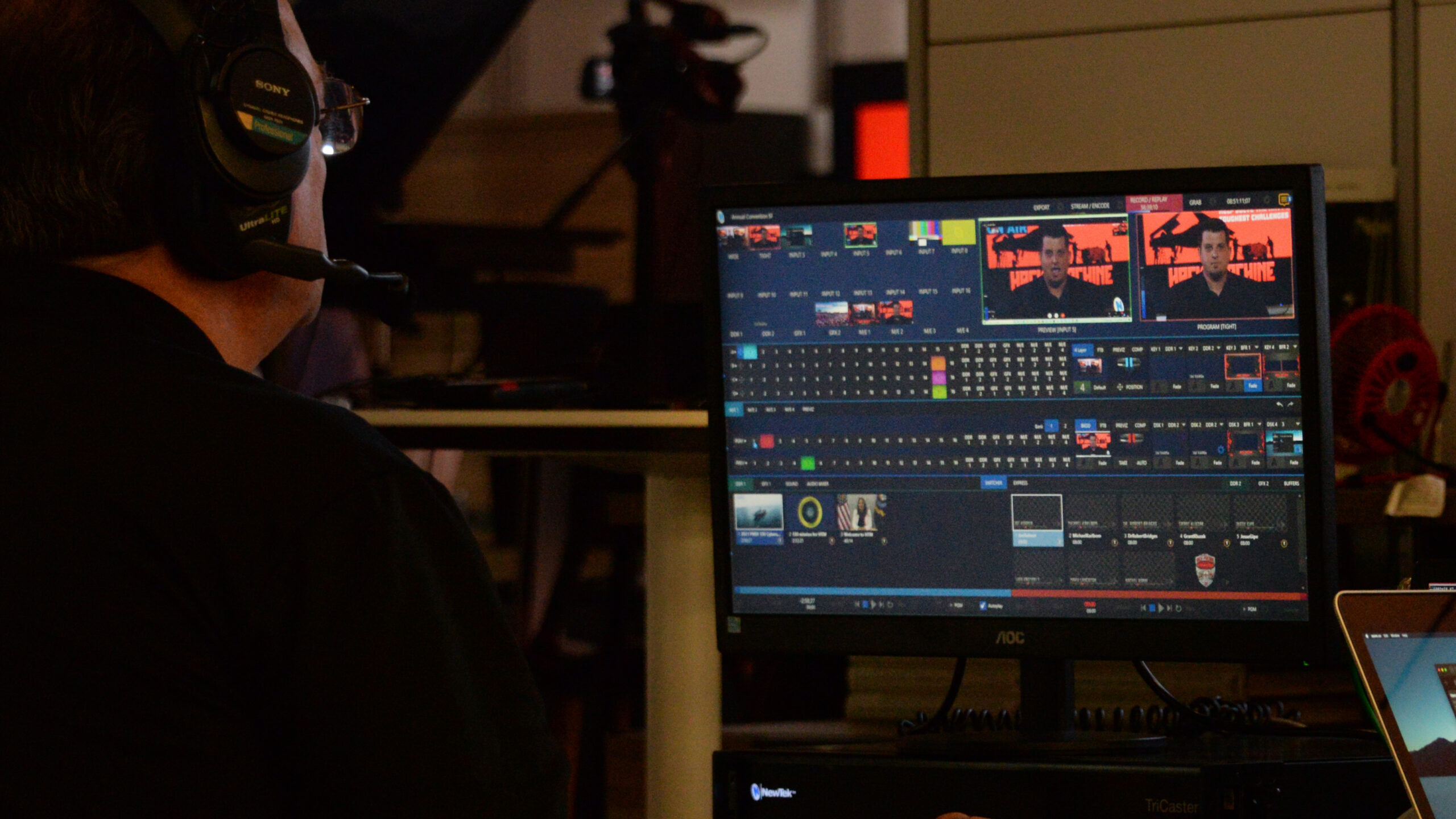
Hack the Machine:Unmanned is the first in a series of public-facing technology challenges designed to accelerate the U.S. Navy’s Unmanned Task Force. (US Navy/Rick Naystatt)
WEST 2022: The Pentagon’s recent efforts focused on artificial intelligence and data might help the Navy stretch its platform capabilities, but the service still struggles with having sufficient data to actually help leaders make the right decisions, according to service officials.
Speaking at the WEST 2022 conference in San Diego, Navy Chief Information Officer Aaron Weis said the office of the Chief AI and Data Officer will help bring together what were previously siloed focus areas within OSD.
The CDAO, which just reached its initial operating capability earlier this month with a budget of $500 million, will be responsible for scaling up data, analytics and AI to enable faster decision-making. Under the new effort, the Joint Artificial Intelligence Center, office of the Chief Data Officer and Defense Digital Service will all report to the CDAO — a merger first reported by Breaking Defense in November.
RELATED: Pentagon Creates New Overseer For Innovation: Chief Digital And Artificial Intelligence Officer
Putting those three offices under the CDAO and having a single leader “can really help drive innovation,” Weis said yesterday. “And capability will happen at the intersection of good data and a mission to solve for. And I think when you put JAIC together with the data office they’ll get that. But from our perspective, we’d like to believe that we have pretty good alignment right now at the data level … So I think we’re already positioned pretty well to be able to interface with that new CDAO office.”
The Navy is struggling with a two-prong data problem, according to the service’s deputy chief data officer, Randal Cole: first, how to deal with the sheer amount of data collected, and then understanding if they have the correct kind of data to help leaders make decisions.
Cole said the service “often” finds that data is either poorly collected or not collected at all in some instances.
“I think that’s a common understanding from those that have been in the Pentagon — We don’t in all cases have the data we need or if we do, it’s not the quality that we need or timeliness or some other facets,” Cole said. “And so I think that is an ongoing challenge.”
The service also sees the new Artificial Intelligence and Data Accelerator initiative as a way to focus the Navy’s own AI and data efforts.
Through the initiative, data and AI teams are being dispatched to the military’s 11 combatant commands to help them make sense of their data and create AI tools to streamline decision-making.
RELATED: JAIC Developing First-Of-Its-Kind ‘Integration Layer’ For AI Algorithms
“I think it’s a very good initiative because what it does is, it improves communication and it makes it easier to have high bandwidth technical conversations across the combatant commands across the services,” Eugene Kuznetsov, command technology officer for Naval Special Warfare Command, said. “And that’s really what we need, right? Because, you know, everybody has talent and everybody has advanced technology. It’s not evenly distributed … So this idea of sending smaller teams out and building those other connections about data and AI is going to be very helpful.”
So far through ADA (named after Ada Lovelace, a mathematician and writer considered the first computer programmer), the Navy has sent one of its data engineers out to a shipyard to help personnel at EUCOM work through a use case for three months, Duncan McCaskill, the service’s chief analytics officer, said.
“It was very instructive to us because there is data that we generate in the Department of the Navy and our man, train and equip function that is used by a command to complete their warfighting function,” McCaskill said. “So by working through that use case … they kind of understand maybe 90% of why this data is the way that it is. But there’s this kind of margin where we need to do a better job of defining that data better, making sure that we have the appropriate fields and those fields have consistent values.”
He added the service plans to continue these stints with additional commands in the future.






















